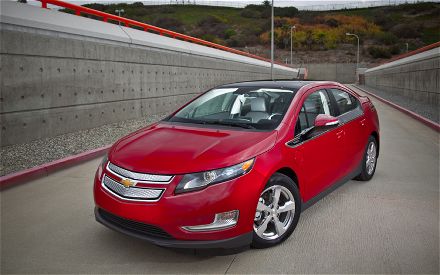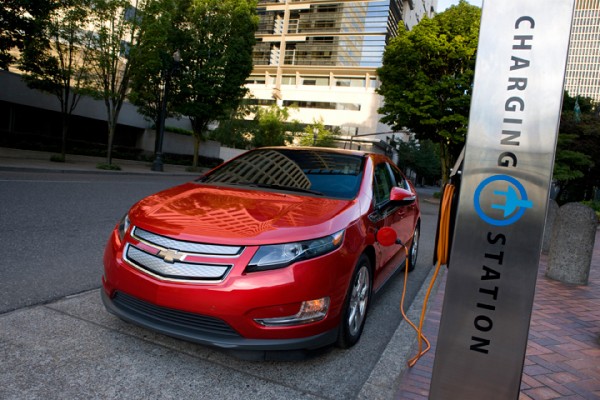What is the Volt? The Chevrolet Volt is an electric vehicle with extended-range capability. The Volt is capable of about 340 miles total driving range, with electricity powering the car at all times and speeds. For trips of up to 40 miles, the Volt gets its power solely from electricity stored in its 16-kWh lithium-ion battery. When the Volt’s battery runs low, an engine-generator seamlessly engages to extend the driving range for an additional 300 miles on a full tank of gas.
Who will get the most benefit from driving the Volt? According to the U.S. Bureau of Transportation Statistics, more than 75% of people commute 40 miles a day or less. If you plug in frequently, you’ll experience the greatest gas savings and reduced emissions. Per mile, electricity is less expensive to use than gas, so if you can plug in before or shortly after the electric charge runs out, you’ll get the maximum benefit out of Volt.
What happens if I travel more than 40 miles? Once the charge in the Volt battery is depleted, the gas engine will turn on to seamlessly generate enough energy to continue to power the car for up to 300 additional miles.
How much does Volt cost to charge? Electricity is an extremely affordable way to power a car —If the car is driven less than 40 miles, it will cost about $1.50 a day for electricity. That’s about the same annual cost as running a common household appliance.
How long does it take to recharge? The Volt will take about 4 hours to recharge on 240 volts or about 10 hours on a standard 120-volt home outlet. A 20-foot portable vehicle charge cord will come standard and is designed to work on any standard 120-volt outlet.
When will Volt arrive at Gamblin Motors? Chevrolet is releasing Volt on a State by State basis. The good news is that Volt production is increasing more than double from original forecast. The State of Washington is due to have Volt in the fourth quarter of this year.



Leave a Reply
You must be logged in to post a comment.